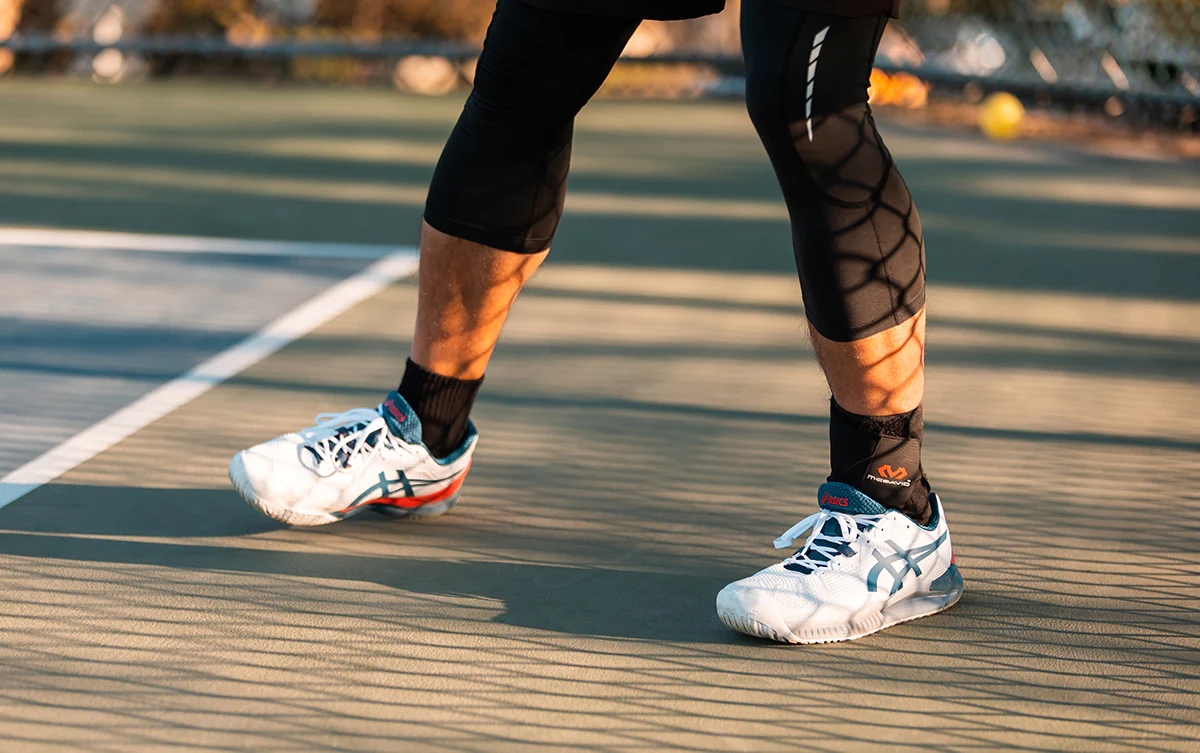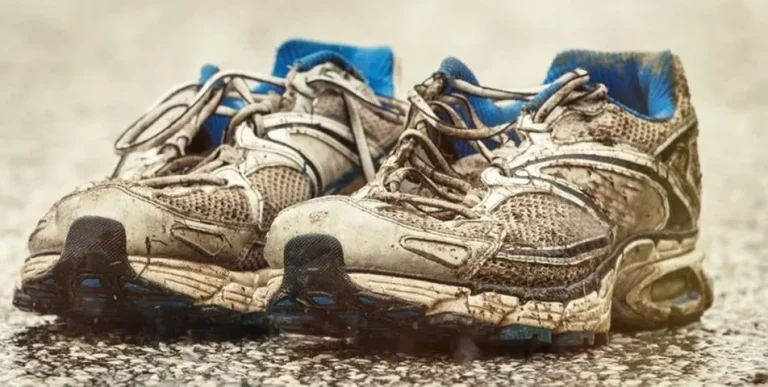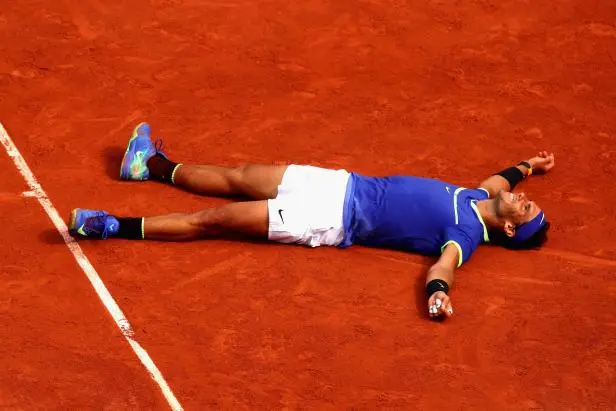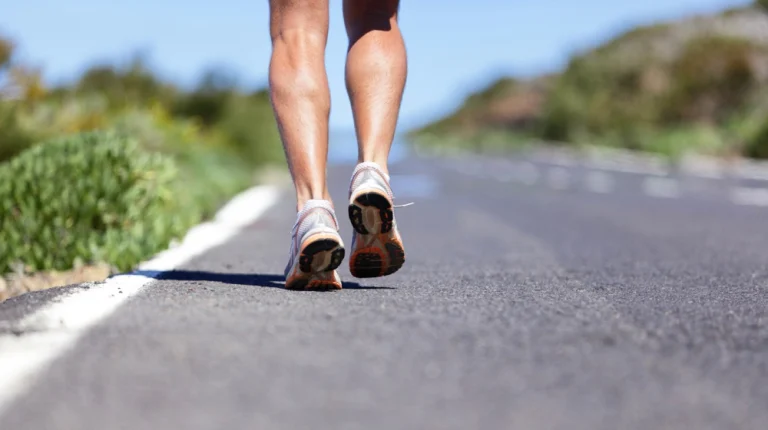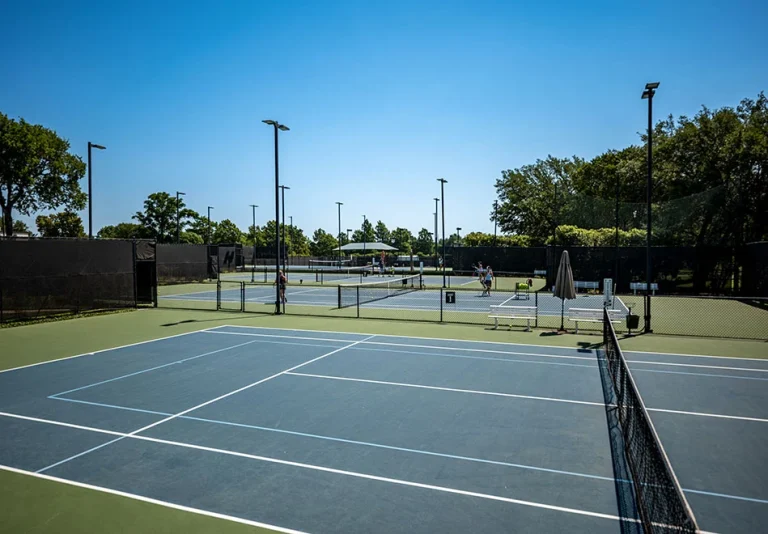How Long Should Tennis Shoes Last?
Introduction of this article
Tennis shoes play a crucial role in providing comfort, support, and stability during intense physical activity on the tennis court. They are designed to withstand the demands of quick lateral movements, sudden stops, and pivots. The durability of tennis shoes is essential to ensure optimal performance and reduce the risk of injuries.
The lifespan of tennis shoes can vary based on several factors. These include the quality of materials used, the construction of the shoe, the frequency and intensity of usage, the playing surface, and individual biomechanics. Understanding these factors can help determine how long tennis shoe should ideally last and when they may need to be replaced.
Average lifespan of tennis shoes
A. General estimate The average lifespan of tennis shoes can vary depending on various factors. On average, tennis shoes are expected to last between 45 to 60 hours of playtime. However, this estimate can be influence by factors such as the quality of the shoes, the playing surface, and the intensity of usage.
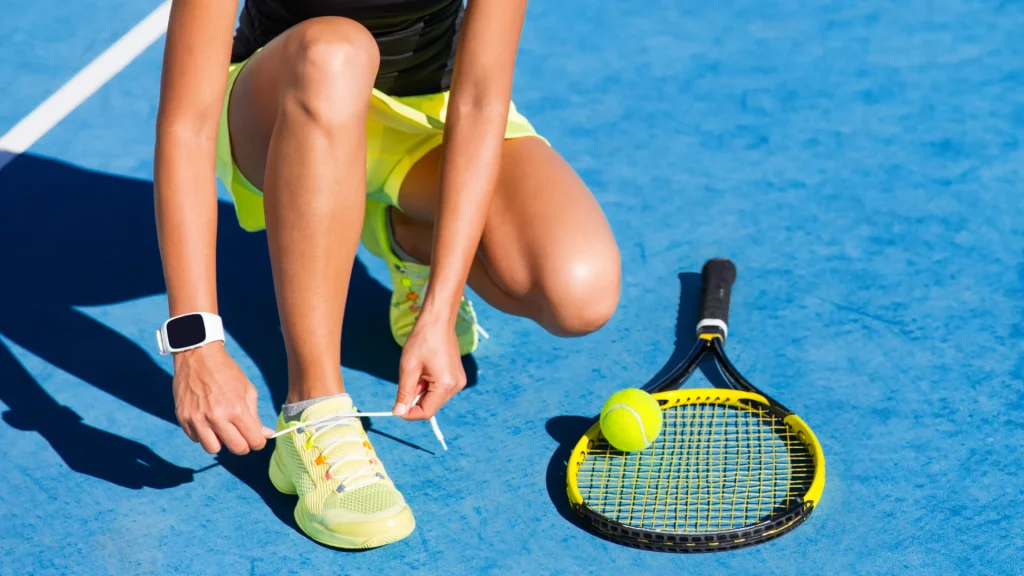
B. Variation based on usage frequency and intensity The lifespan of tennis shoes can be significantly affected by how frequently and intensely they are used. Players who engage in regular, intense training sessions or participate in competitive matches may experience faster wear and tear on their shoes compared to recreational players who play less frequently. It is important to consider individual usage patterns when assessing the lifespan of tennis shoe.
How Many Miles Do Tennis Shoes Last?
The of tennis shoes is often measured in hours of play rather than miles, as the wear and tear on tennis shoe are more closely related to the intensity and frequency of usage rather than distance covered. On average, tennis shoes are expect to last between 45 to 60 hours of playtime. However, this estimate can vary depending on factors such as the quality of the shoes, the playing surface, and individual usage patterns. It is important to regularly inspect your tennis shoe for signs of wear and tear and replace them when necessary to maintain optimal performance and reduce the risk of injuries.
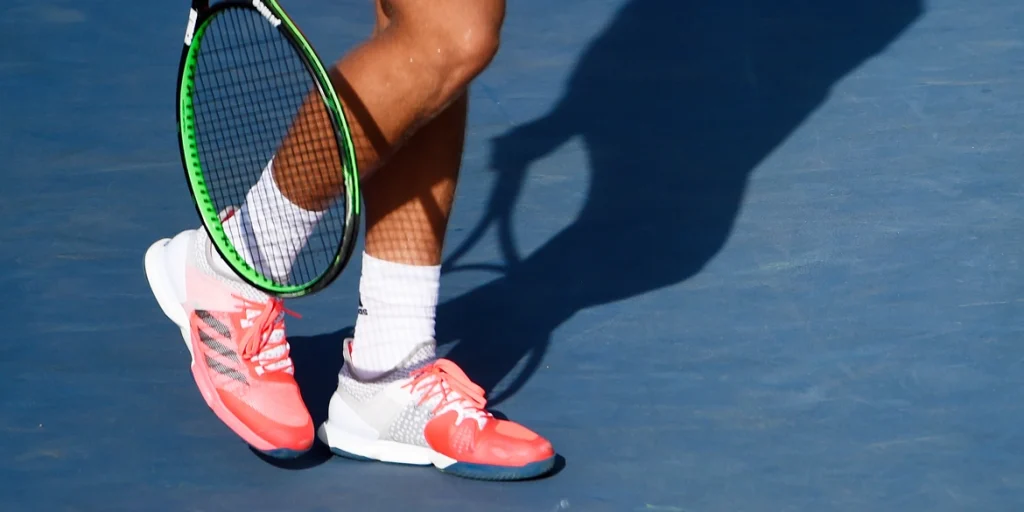
Signs of wear and tear:
Sole wear One of the most common signs of wear and tear on tennis shoes is sole wear. The outsole of the shoe, which comes into direct contact with the playing surface, can gradually wear down over time. Look for signs of thinning or smoothness on the tread pattern, as this can affect traction and stability on the court.
Upper material deterioration The upper part of the tennis shoe, which includes the fabric or leather material, can also show signs of deterioration. Look for fraying, tearing, or weakening of the material. If the upper material becomes excessively worn or damaged, it can compromise the shoe’s support and stability.
Cushioning degradation Tennis shoes often have cushioning in the midsole to provide shock absorption and comfort. Over time, the cushioning can lose its effectiveness and become compressed. If you notice a lack of cushioning or feel discomfort during play, it may be a sign that the shoe’s cushioning has degraded.
It is important to regularly inspect your tennis shoe for these signs of wear and tear. Addressing these issues promptly can help maintain optimal performance and reduce the risk of injuries.
Related To: Best Tennis Shoes For Big Guys
Related To: Best Tennis Shoes For Overweight Walkers
Extending the lifespan of tennis shoes:
Proper cleaning and maintenance
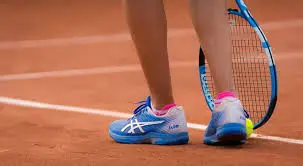
- Regularly clean your tennis shoes after each use to remove dirt, dust, and sweat that can accumulate on the surface.
- Use a soft brush or cloth to gently scrub the shoes and remove any debris.
- Avoid using harsh chemicals or abrasive cleaners that can damage the materials of the shoes.
- Allow the shoes to air dry naturally, away from direct heat sources.
Rotating shoes
- Alternate between multiple pairs of tennis shoes to distribute the wear and tear more evenly.
- Rotating shoes allows them to have time to recover and regain their shape and cushioning between uses.
Using shoe inserts
- Consider using shoe inserts or insoles to provide additional cushioning and support.
- Inserts can help reduce the impact on the shoe’s midsole and prolong its lifespan.
Storing properly
- Store your tennis shoe in a cool, dry place to prevent moisture buildup and mold growth.
- Avoid leaving them in extreme temperatures or direct sunlight, as this can cause the materials to deteriorate.
By following these practices, you can help extend the lifespan of your tennis shoes and ensure they continue to provide the necessary support and performance on the court.
When to replace tennis shoes:
Guidelines based on wear and tear
Sole wear: If the tread pattern on the outsole is significantly worn down, and you notice a loss of traction and stability, it may be time to replace your tennis shoe.
Upper material deterioration: If the upper material of the shoes is frayed, torn, or excessively worn, it can compromise the shoe’s support and stability, indicating the need for replacement.
Cushioning degradation: If you feel a lack of cushioning or experience discomfort during play, it may be a sign that the shoe’s cushioning has degraded and needs to be replace.
Impact on performance and injury risk
- As tennis shoes wear out, they may not provide the same level of support, stability, and shock absorption as when they were new. This can affect your performance on the court and increase the risk of injuries.
- If you start experiencing discomfort, pain, or notice a decline in your performance, it may be a sign that your tennis shoe need to be replaced.
It is important to regularly assess the condition of your tennis shoes and replace them when necessary. While there is no set timeframe for replacement, monitoring wear and tear, and considering the impact on performance and injury risk can help determine when it’s time for a new pair of tennis shoe.
Conclusion
It is crucial to recognize the importance of replacing worn-out tennis shoes. As tennis shoe age and experience wear and tear, they may lose their ability to provide adequate support, stability, and cushioning. This can lead to a decline in performance on the court and increase the risk of injuries.

